transplanting lady slippers
leclerc_group
18 years ago
Related Stories

FURNITUREThe Classic Slipper Chair: A Handy Accent for Any Room
14 great ideas for using this superbly versatile armless chair around the house
Full Story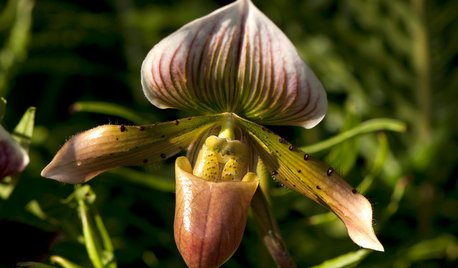
HOUSEPLANTSOrchids 101: Slipper Orchid Success
If you don’t already love Paphiopedilums, learning how to grow them with ease might change your mind
Full Story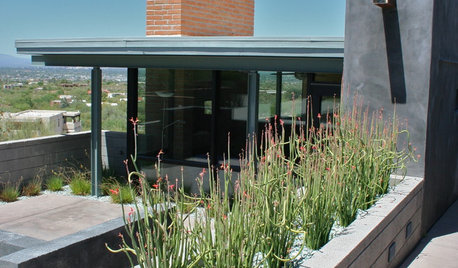
GARDENING GUIDESGreat Design Plant: Slipper Plant
Unthirsty succulent looks great all year and offers an unexpected surprise in fall
Full Story
LIFESimple Pleasures: Put On Your Slippers
Preserve the peace and protect your floors and carpets by turning your home into a no-shoes zone
Full Story
HOMES AROUND THE WORLDHousehold Habits and Customs to Borrow From Other Countries
Discover why salt may be the perfect house-warming gift, how to clean rugs in snow and why you should invest in a pair of ‘toilet slippers’
Full Story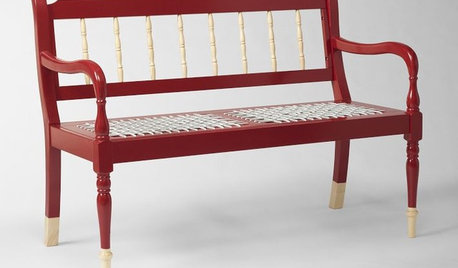
PRODUCT PICKSGuest Picks: Entryway Benches for Every Budget
For taking off winter boots or sliding into slippers, a bench in the entry is a seat worth grabbing
Full Story
GARDENING GUIDESGreat Design Plant: Rosa Banksiae a Low-Maintenance Beauty
This thornless, disease- and insect-resistant rose brings showers of white or yellow flowers to the spring garden
Full Story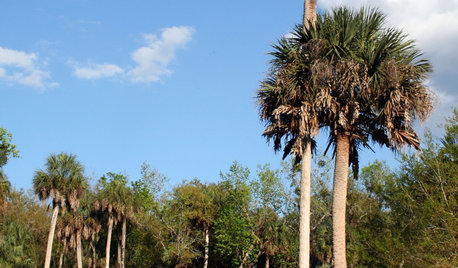
TREESGreat Design Plant: Sabal Palm Enchants in Balmy Sites
Towering and tolerant, this tree blends in, stands out and happily stars in vacation photos
Full Story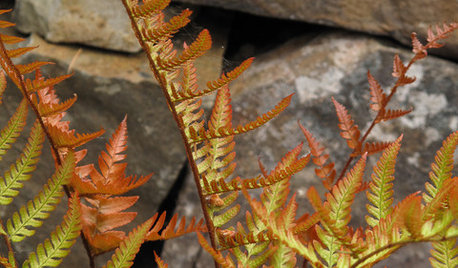
GARDENING GUIDESGreat Design Plant: Autumn Fern Adds Color All Year
Use this evergreen, easy-care fern for soft texture and coppery tints in container gardens and the landscape at large
Full Story
GARDENING GUIDES10 Top Native Plants for the U.S. Southeast
For a low-maintenance and wildlife-friendly landscape, use Southern natives that withstand heat and humidity
Full Story






terrestrial_man
sam_md
Related Professionals
Norfolk Landscape Architects & Landscape Designers · Woburn Landscape Contractors · Deer Park Landscape Contractors · Las Vegas Landscape Contractors · South Portland Landscape Contractors · Wilsonville Landscape Contractors · Bloomington Fence Contractors · Columbia Fence Contractors · Delhi Fence Contractors · Fort Worth Fence Contractors · Maywood Fence Contractors · Pasadena Fence Contractors · Silver Spring Fence Contractors · Aliso Viejo Siding & Exteriors · Camp Springs Siding & Exteriorsleclerc_groupOriginal Author
ladyslppr
leclerc_groupOriginal Author
kwoods
terrestrial_man
kwoods
leclerc_groupOriginal Author
lady_6
terrestrial_man
suburban_farm
Jarvirosa